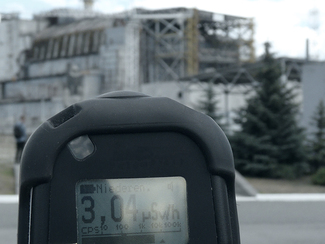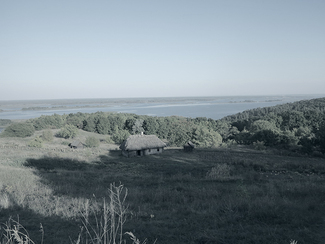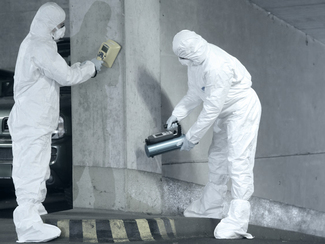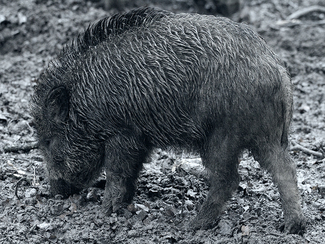-
Topics
subnavigation
Topics
Electromagnetic fields
- What are electromagnetic fields?
- Static and low-frequency fields
- Radiation protection relating to the expansion of the national grid
- High-frequency fields
- Radiation protection in mobile communication
Optical radiation
Ionising radiation
- What is ionising radiation?
- Radioactivity in the environment
- Applications in medicine
- Applications in daily life and in technology
- Effects
- What are the effects of radiation?
- Effects of selected radioactive materials
- Consequences of a radiation accident
- Cancer and leukaemia
- Genetic radiation effects
- Individual radiosensitivity
- Epidemiology of radiation-induced diseases
- Ionising radiation: positive effects?
- Risk estimation and assessment
- Radiation protection
- Nuclear accident management
- Service offers
-
The BfS
subnavigation
The BfS
- About us
- Science and research
- Laws and regulations
- BfS Topics in the Bundestag
- Links
Chernobyl
The reactor disaster in Chernobyl in the Ukraine occurred on 26 April 1986. Large amounts of radioactive material were released which distributed over the northern hemisphere. The radioactive contamination in the affected areas resulting from this varied considerably, depending on the occurrence and level of precipitation during the drifting of the radioactive air masses. As a result of the Chernobyl accident many countries have updated their programmes for the protection of the population from radioactive radiation.







